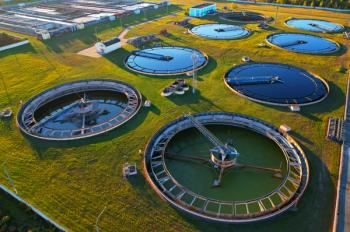
Biofuel Analysis by GC, LC-MS, and HPLC
Biodiesel Magazine has recently posted an article that gives an overview of biodiesel test methods, which includes gas chromatography (GC), infrared spectrometry (IR), and inductively coupled plasma (ICP).
While IR and ICP have more to do with our sister publication
We have also published an application
Newsletter
Join the global community of analytical scientists who trust LCGC for insights on the latest techniques, trends, and expert solutions in chromatography.





